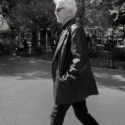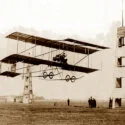The Lytham St Annes War Memorial Hospital was not merely a place of healing — it was a lasting tribute to the fallen, conceived in the aftermath of the Great War as a gift to the community and a memorial to its dead. Established through the generosity of Lord Ashton, a noted industrialist and philanthropist, the hospital was built to honour those from Lytham St Annes who had lost their lives during the First World War. It stood as a unique and practical monument — one that would serve the living while remembering the sacrifice of the lost.
The hospital was formally opened in May 1922 by Lord Derby, a prominent statesman and military figure of the era. Its foundation was made possible not only through Lord Ashton’s gift, but also by public subscription — a collective act of remembrance and civic duty by the townspeople, who funded its maintenance and operation in its early years. For over two decades, the hospital served as the primary centre for medical care in the area, providing essential services to the local population. In 1948, with the creation of the National Health Service, the hospital was incorporated into the national system — a transition that echoed the wider post-war movement towards universal healthcare in Britain.
Throughout the mid-20th century, Lytham St Annes War Memorial Hospital remained an active part of community life. Generations were born, treated, and rehabilitated within its walls. But like many smaller hospitals across the country, it faced challenges in the latter part of the century. Services were gradually transferred elsewhere, and the hospital eventually closed its doors in 1991. Five years later, in 1996, the building was demolished, and the site was redeveloped for housing. While the physical structure no longer remains, the legacy of the hospital endures in local memory — as a symbol of civic generosity, wartime remembrance, and compassionate care.
A commemorative plaque and the continued presence of war memorials throughout the town ensure that the hospital’s origins and purpose are not forgotten. The Lytham St Annes War Memorial Hospital may no longer stand, but its story remains woven into the fabric of the town’s identity — a powerful reminder that remembrance can take many forms, including the quiet, daily work of healing.
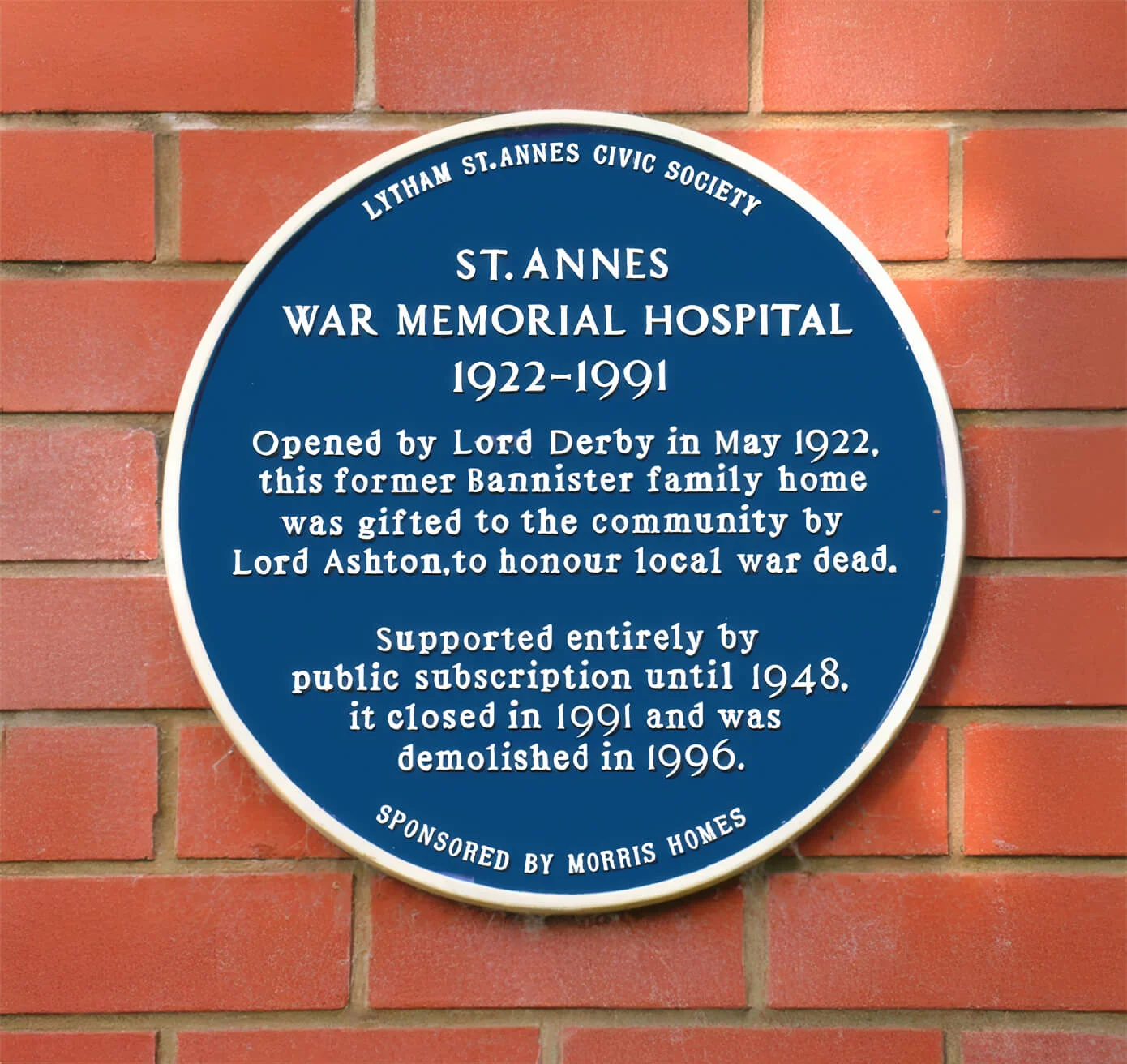
This image was provided by the Lytham St Annes Civic Society
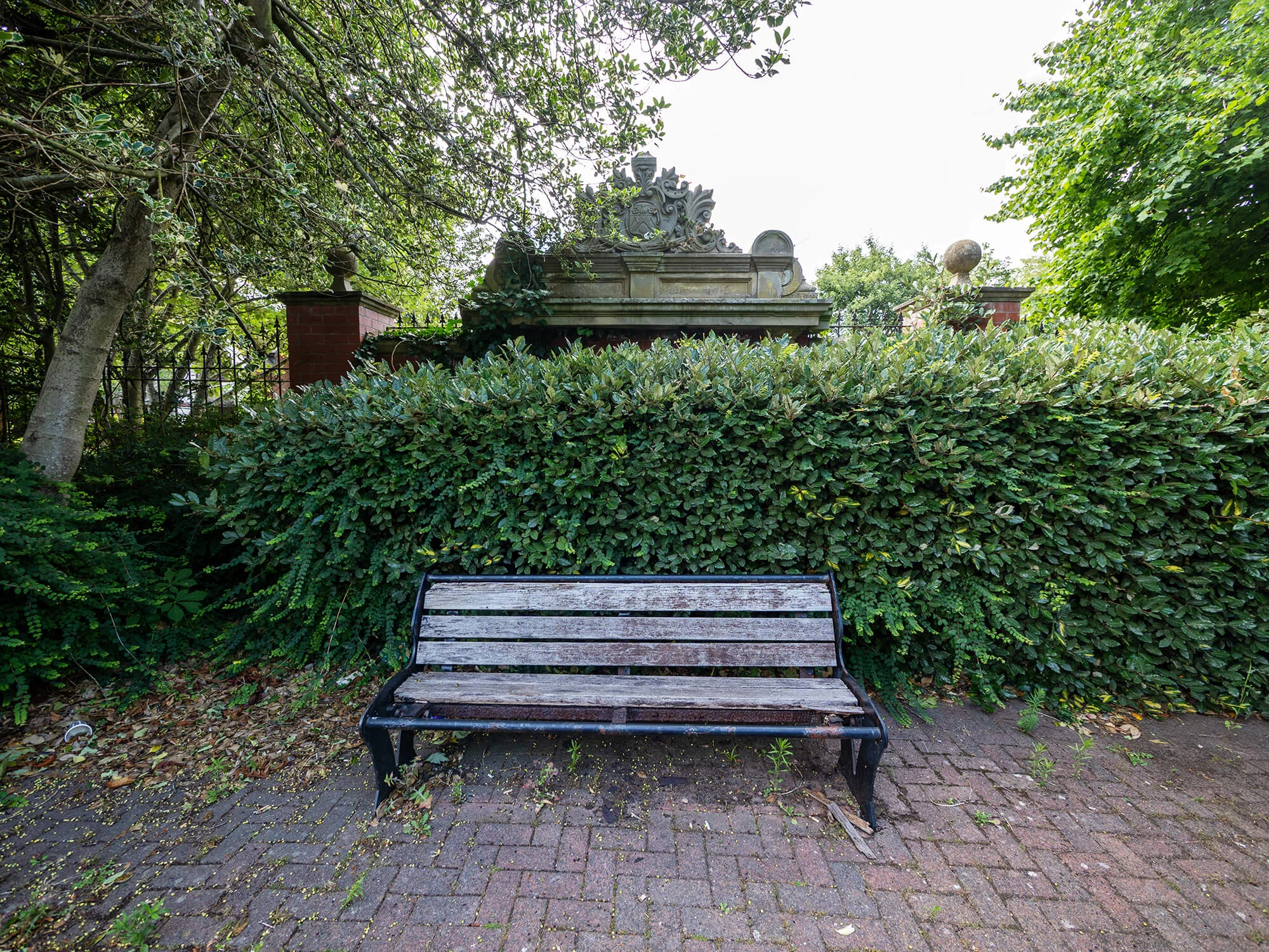
If you go to the site today, this is what you’ll find, the plaque only visible if you stand on the bench.
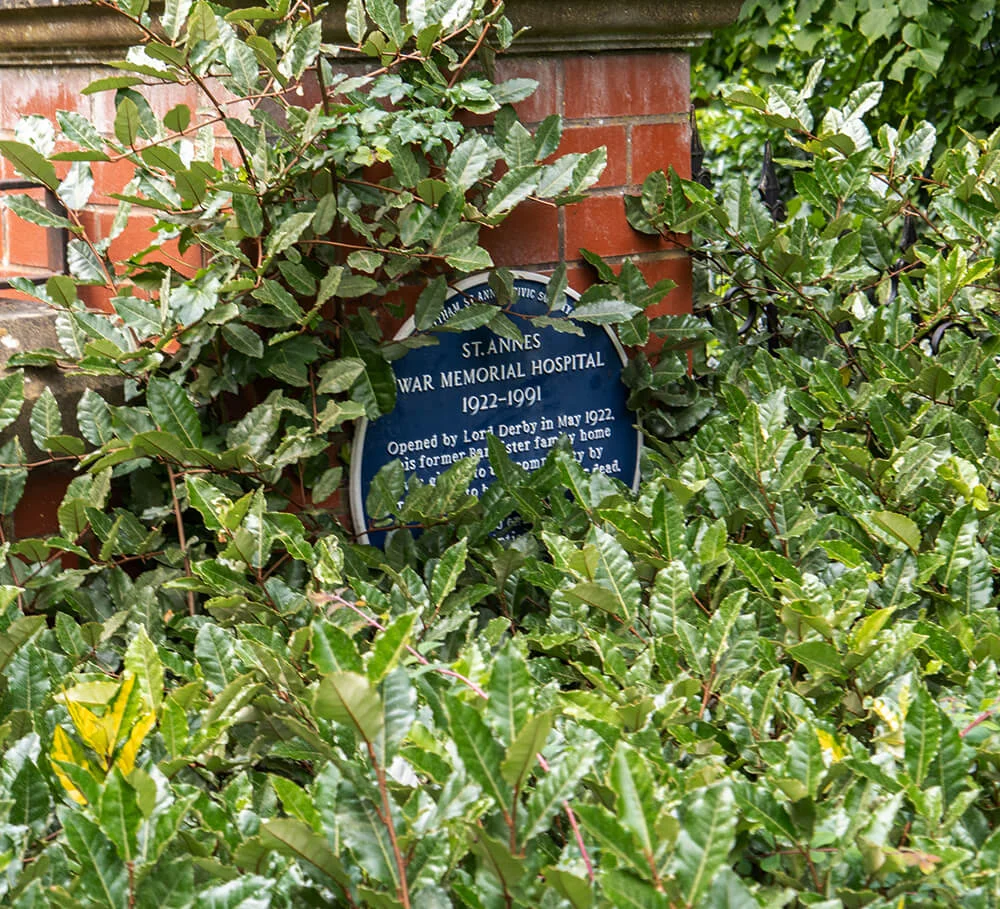

These two houses have replaced the hospital.
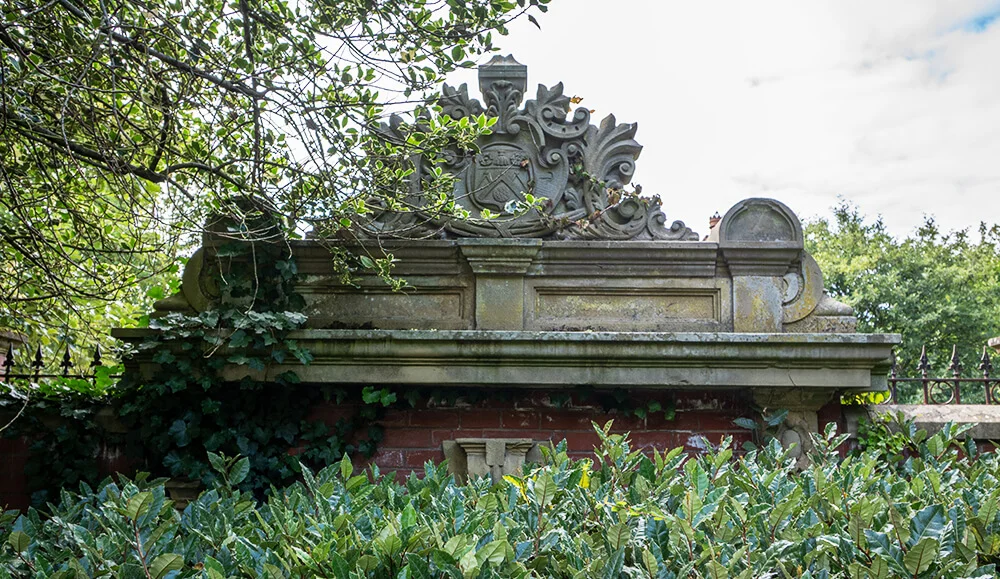


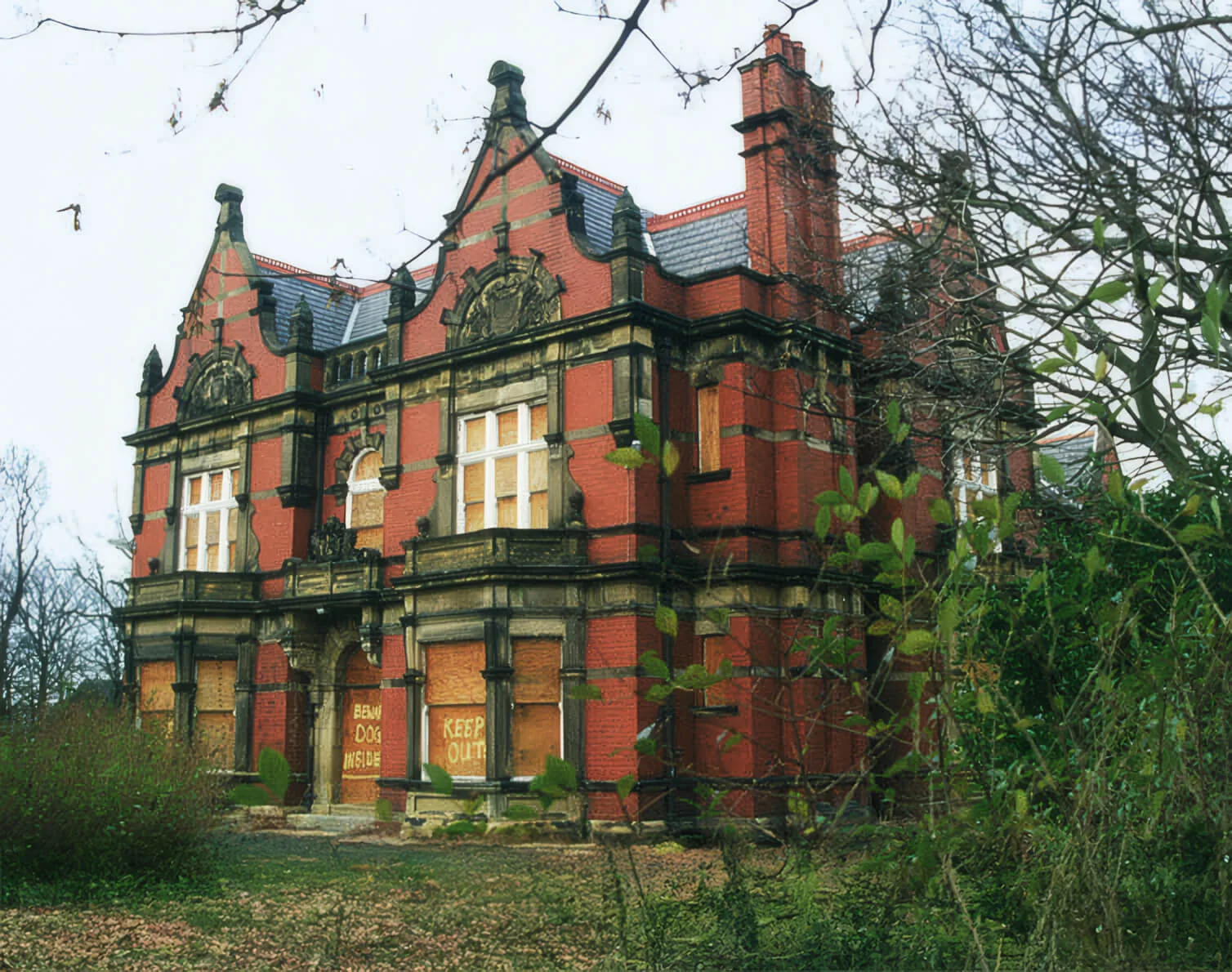
This image was provided by the Lytham St Annes Civic Society
Featured Image © The Lytham St Annes Civic Society
Additional Images © Deeper Blue Marketing & Design Ltd
Background Image © Deeper Blue Marketing & Design Ltd














